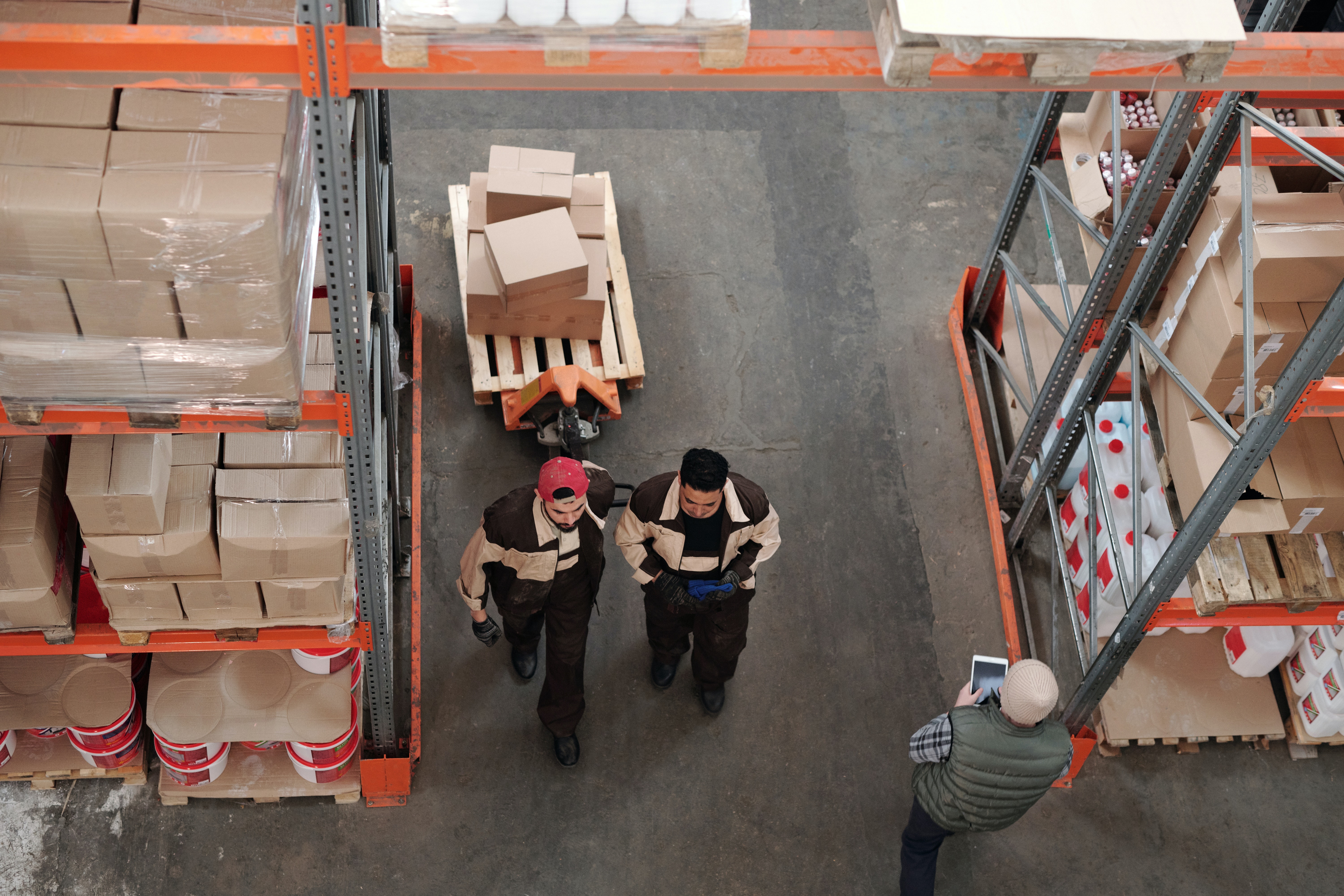A formula for accurate demand planning at store level
(Hint: it doesn’t start with “=”)
Technology is the biggest enabler of people in the digital age. Yet arguably, it’s also the biggest threat to the modern day workforce. When it comes to using technology to enhance demand planning in business, harnessing digital tools in a way that empowers people is the key to getting the balance right. So while there’s no substitute for the strategic human mind to help you plan your inventory levels, there are some tasks that in this day and age, should always be handled by technology.
Here’s a three-step pathway to a more efficient (and effective) way of doing things.
Step 1: Consider the limitations of a person with a spreadsheet
If you consider a large-scale retail business operating in various centres around the world, offering online purchasing and possibly third-party distribution channels - things get complex pretty quickly. With hundreds of SKUs, across multiple sites and various sales channels, maintaining a birdseye view of activity is hard. Add to that the challenges of applying data at a granular level, to forecast and plan accurately across an ever-more complex landscape, and you have a near impossible task. Expecting people to handle this kind of role armed with nothing more than Excel, is not only futile, but it deprives them of the chance to focus on something far more worthwhile - devising strategies to meet market demand and reduce commercial waste.
Step 2: Automate the admin
At the very least, automating store-level demand planning with an effective inventory management system is a must. When you remove the laborious admin associated with capturing and recording data from the equation, people are empowered to do what only people can do. Think laterally and strategically about business challenges and how to mitigate them.
Step 3: Bring in the big guns - AI, ML and Big Data
Once inventory management systems have been automated across a complex commercial landscape, the next step in accurate store level demand forecasting is to harness the power of cutting-edge technology. Artificial Intelligence and Machine Learning can help you make centralised decisions about your physical stores, on a case-by-case basis. Insights and predictions can be drawn from location-specific data sets and presented in an easily-digestible, actionable way. Being able to combine broadstroke business statistics (captured by an automated system), general market information and localised data makes it easier to make more accurate forecasts. Demand Strategists can then adjust stock requirements before items leave the warehouse, saving on both freight costs and unnecessary carbon emissions.
Insights and predictions can be drawn from location-specific data sets and presented in an easily-digestible, actionable way
QU - a tool for the times
QU is an AI-powered SaaS demand forecasting tool that has been developed to measure, analyse and predict product performance in real time. Using the latest AI technology along with proprietary ML algorithms and innovative design, QU draws on millions of data points from hundreds of sources. It presents powerful insights in an easily-digestible and customisable dashboard that not only predicts buying behaviour, but adjusts forecasts of future sales right down to individual product level (SKU).
QU is a tool that is designed to empower people, giving them the insight and control they need to do better business.
So if your business is ready to start freeing up resource and firing up profitability…
Share this
You May Also Like
These Related Stories

Integrate demand and supply planning

Level up your Demand Planning
